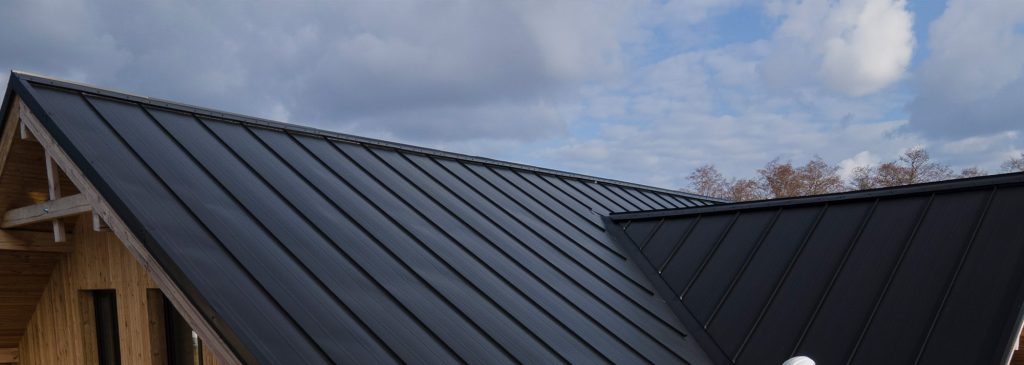
roofing replace
Roof replacement is a significant home improvement project that involves removing an existing roof and installing a new one . Roofing replace services are provided by Bayview Home Improvement group with a quality guarantee. Contact our experts for advice and more information
Completed projects
Nothing Found
Apologies, but no results were found. Perhaps searching will help find a related post.
Here are some important aspects to consider regarding completed roofing projects:
Key Aspects of Roof Replacement
1. Types of Roofs:
– Asphalt Shingles**: Commonly used due to their affordability and variety of styles.
– Metal Roofing: Offers durability, longevity, and energy efficiency; comes in various materials (steel, aluminum, copper).
– Tile Roofing: Known for its aesthetic appeal and longevity; often made from clay or concrete.
– Slate Roofing: Extremely durable and offers a unique look, but is one of the more expensive options.
– Flat Roofs: Typically used for commercial buildings; materials include rubber, thermoplastic polyolefin (TPO), and modified bitumen.
2. Preparation:
– Inspection and Assessment**: Before replacement, a thorough roof inspection is conducted to assess the condition of the existing structure.
– Permits: Depending on local regulations, obtaining permits may be necessary before starting work.
3. Materials:
– The choice of roofing materials impacts the performance, lifespan, and visual appeal of the roof. Quality materials can increase the value and curb appeal of a home.
4. **Duration**:
– A standard residential roof replacement typically takes about a few days to a week, depending on the size of the roof, weather conditions, and complexity.
5. Labor:
– Hiring experienced roofing contractors can ensure proper installation, which is critical to the roof’s performance and longevity.
Common Steps in a Roofing Project
1. Removal of Old Roofing: The existing roof is stripped down to the decking, allowing contractors to inspect for any underlying damage.
2. Deck Repair: Any damaged decking or structural components are replaced or repaired before the new roof is installed.
3. Installation of Underlayment: A protective layer is installed to prevent moisture penetration beneath the roofing material.
4. Flashing and Ventilation: Flashing (metal components) is installed around chimneys, vents, and other protrusions to prevent leaks. Adequate ventilation is also considered to help maintain roof integrity.
5. Final Layer Installation: The new roofing material (shingles, tiles, etc.) is applied according to manufacturer’s specifications.
6. Cleanup and Inspection: After installation, the site is cleaned, and a final inspection ensures everything has been completed properly.
Benefits of Roof Replacement
– Enhanced Protection: A new roof can better protect against leaks, weather-related damage, and pests.
– Improved Energy Efficiency: New roofing materials with better insulation properties can reduce heating and cooling costs.
– Increased Home Value: A new roof can increase the overall value of a home and attract potential buyers.
– Aesthetic Appeal: A roof replacement can enhance the overall appearance of the home.
Completed Projects
Roof replacement projects vary widely based on the type of roofing system, the scope of work, and specific homeowner needs. Documented completed projects typically highlight:
– Before and After Photos: Visual documentation showcasing the transformation.
– Material Choices: Information on the types of materials used, such as shingles or tiles.
– Cost Breakdown: Overview of labor and material costs.
– Project Timeline: Duration from start to completion.
– Homeowner Satisfaction: Testimonials or reviews from homeowners summarizing their experiences.
Taking on a roof replacement project requires careful planning and consideration to ensure both functionality and aesthetics are achieved.
